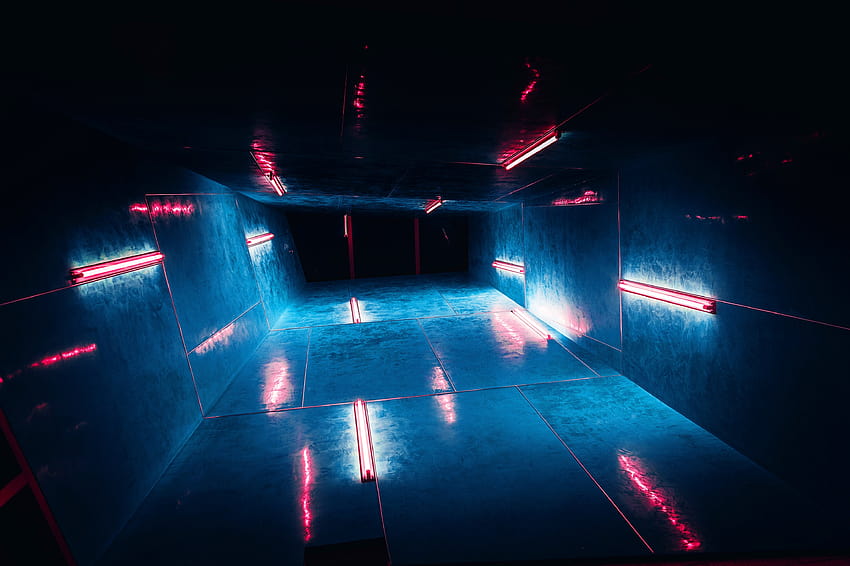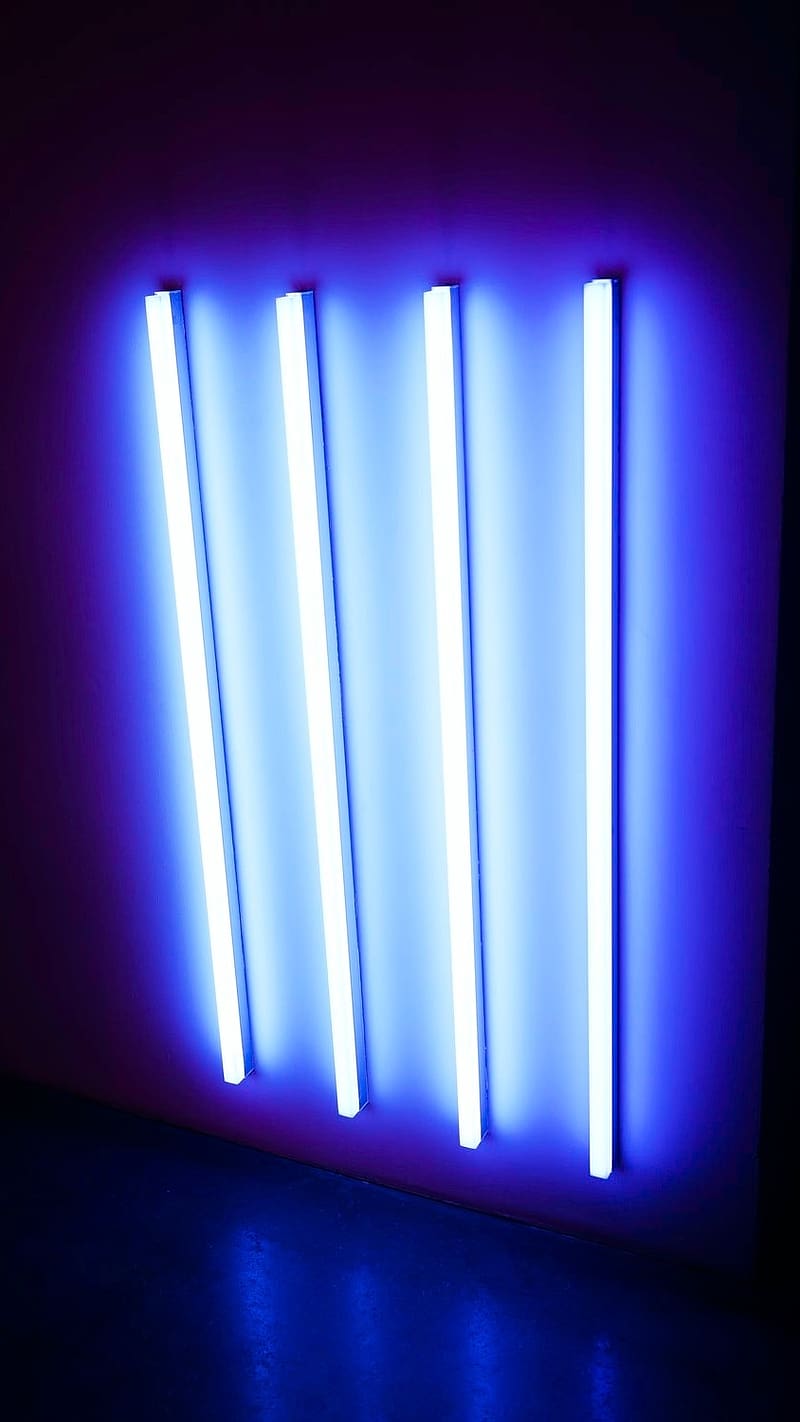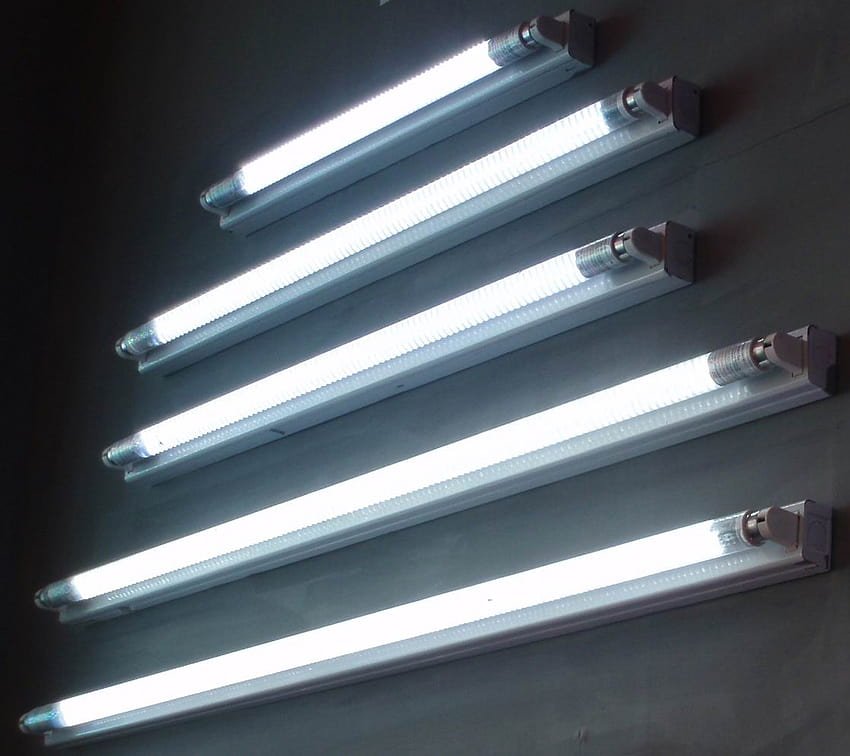
How does Its work?
Common lighting fixtures in homes, workplaces, and other locations are tube lights. They are a well-liked option for many since they offer effective and bright lighting. However, have you ever wondered about the inner workings of a tube light? We will examine internal operations and provide some insight into this intriguing device in this post.
The Parts That Make Up.
A tube light is made up of multiple essential parts that function in tandem to generate light. These elements consist of:
Fluorescent Tube: The lengthy, tubular fluorescent bulb is the primary component of it. A mixture of gases, including mercury vapor, fills it.
Electrodes: The tube has electrodes at both ends. These tungsten electrodes are what produce the electron emissions.
Ballast: The ballast is an apparatus that controls the amount of electricity that passes through the tube light. It guarantees that the tube light runs at the proper frequency and voltage.
Starter: The starter is a tiny, cylindrical object that aids in the tube light’s electrical discharge.
How does a tube light work?
A tube light goes through the following process when it is turned on:
- The starter and the ballast are powered by electricity.
- To generate a strong electric field between the electrodes, the starter momentarily raises the voltage.
- Mercury vapor emits ultraviolet (UV) light when the gas inside the tube becomes ionized due to the high electric field.
- When the inside of the tube’s phosphor coating is exposed to UV light, it fluoresces and releases visible light.
- The desired lighting is produced by the visible light that is released into the environment.
The ballast’s function.
An essential component of a tube light’s operation is the ballast. It serves two primary purposes:
1. Controlling the Current: To keep the tube light’s current from going over safe limits, the ballast sets a limit. By doing this, damage is avoided, and the tube light’s lifespan is guaranteed.
2. Providing the Initial Voltage: its needs a higher voltage to start the electrical discharge when it is turned on. The starter receives this initial voltage from the ballast, which enables the tube light to begin producing light.
Benefits of Recessed Lighting.
The superior to other forms of lighting in a number of ways.
Energy Efficiency:
Compared to conventional incandescent bulbs, Tubes use significantly less electricity, making them extremely energy-efficient.
Long Lifespan:
The longer lifespan of tube lights lowers the need for replacements over time, saving money.
Bright and uniform lighting:
Its having bright and uniform lighting, which makes them perfect for a variety of settings, including retail establishments, offices, and educational institutions.
Environmentally Friendly:
Compared to other lighting options, tube lights are more environmentally friendly because they emit less heat and contain fewer hazardous materials.
In summary
The way we light our surroundings has been completely transformed by the amazing invention known as tube lights. Knowing how they operate enables us to value their dependability and efficiency. Because of their long lifespan, energy efficiency, and bright lighting, its is still a popular option for both commercial and residential spaces.
Now that you know the science behind TL and the interesting process involved in getting the light you require, you will be able to appreciate them the next time you turn them on.
It’s important to remember that improvements in lighting technology have given rise to alternatives that use less energy, like LED lights. Both fluorescent and LED lights are well-liked options for a variety of lighting applications, despite their differing operating principles.

For this type of information, like Like & Share





